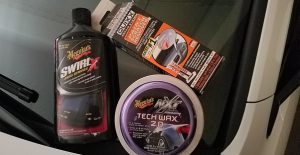The Most Common Car Repairs That Mechanics Will Use to Upcharge You

No one wants to see the engine light on, and no one wants their car running weird. Why? It means one thing: repairs – expensive repairs. It can be anywhere from a couple of hundred to a couple of thousand dollars, and that’s not something most people are prepared to deal with (on top of missing work or appointments).
The sad thing about it is that people also have to worry about mechanics screwing them. It seems like mechanics have the same untrustworthy reputation as attorneys, and that’s because too many people have been burned by bogus repairs and upselling.
The best way to prevent this is to learn about the common tricks mechanics use to scam people out of their money. These are 15 of the most popular, but they’re certainly not a complete list! What are some of the scams you’ve fallen victim to?
1. Brake Repairs

How many times have you brought your car into a mechanic (or even an oil change), and they recommended brake repairs? Probably every time. One of the best scams in the book is getting something with your brakes replaced, usually the most expensive parts.
2. Verbal Estimates

This one goes for any industry, but especially mechanics. Whenever you call or visit a mechanic, they’ll likely give you an estimate of how much they’ll charge you for the service. We’re sad to say, that isn’t binding.
3. Engine or Transmission Flush
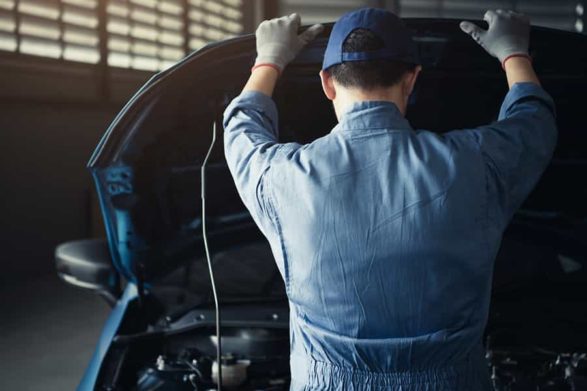
The good ol’ engine and transmission flush! Sure, getting a flush is necessary during maintenance intervals, but this is the only time you should let a mechanic do it. The grime and gunk that collects on unchanged fluid acts as friction material in an aging clutch pack.
4. Using Cheap Oil

We want to do the best for our car, truck, or SUV, right? So, getting synthetic oil is the best bet – at least, that’s what the mechanic suggests. Unfortunately, not every mechanic is trustworthy, and they could swap the synthetic for cheap oil. That means you’re paying top dollar for garbage.
5. Fuel Injection Cleaning

Yes, fuel injectors can get clogged, and yes, cleaning can help. That being said, do you need to have a fuel injector cleaning service done every time you go to the mechanic? Not really. You would know if your fuel injectors were clogged because your car would have less power, issues starting, and very poor gas mileage.
6. Not Replacing Filters
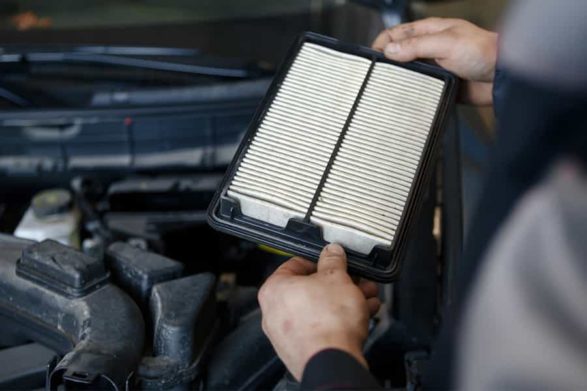
Replacing filters sounds reasonable. After all, a dirty cabin filter can lead to awful smells every time you turn on the AC. You should 100% get your filters replaced for a variety of reasons but know how to check them after getting them done.
7. Charging for Washer Fluid
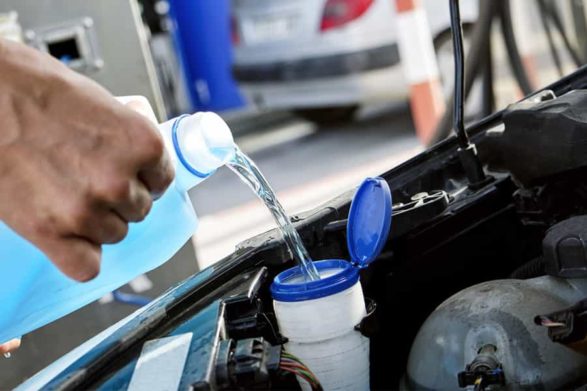
Don’t get washer fluid added at a mechanic. You definitely should replace it, but it isn’t hard for you to do it yourself. An entire jug costs around $2, and the reservoir is usually easily accessible when the hood is lifted (just make sure the car is cool).
8. Repairing with Used Parts

Some mechanics won’t even touch your car if you come in with a part, much less one you got from pick-and-pull. So, it goes to say that mechanics should be using brand new parts to get the job done. Unfortunately, some of them don’t do that.
9. Non-Existent Repairs

Most of us don’t keep a detailed record of our car repairs (even though we were taught to do so). This means we may not remember the last time we got something fixed. Mechanics use this to their advantage, charging you for things that may not need repairing just to squeeze out a few extra dollars.
10. Inflated Bills
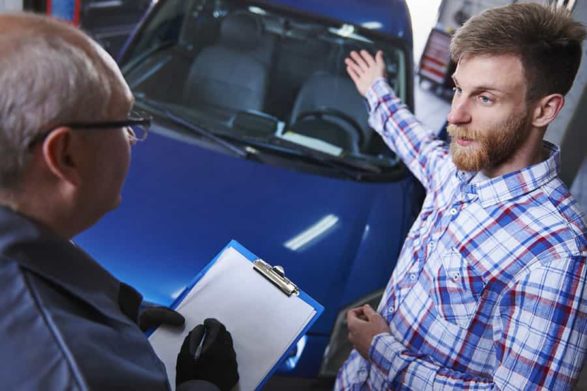
If you don’t know anything about cars, this is one that’s probably hit you a few times. There’s a joke that goes around that says, “Your headlight fluid is low!” Well, the joke is that there’s no such thing, but some people have fallen for the joke. That proves this point.
11. Alignment Requirement
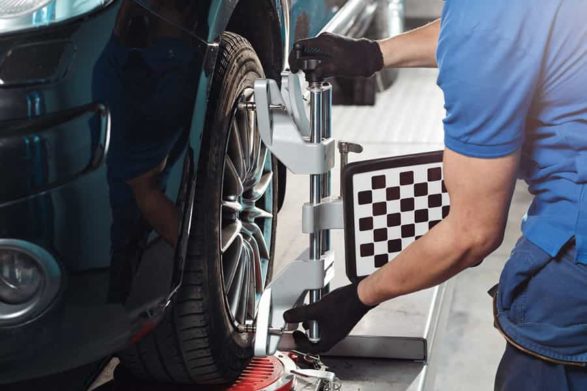
Alignments aren’t something you need to get done every year, despite what some mechanics may tell you. Usually, you only need to get them done if you’re noticing some sort of change in your steering. Some manufacturers suggest you get an alignment every three years or so.
12. Counterfeit Parts

One of the scariest scams that mechanics can do is putting a counterfeit part in your car. These are poor, substandard parts that may look like the real thing but put your life at risk. In fact, counterfeit parts are becoming such a rising issue that government officials are looking into it.
13. Unsafe Car Repairs

One of the best ways to upsell a person – particularly one without knowledge of mechanics – is through the “unsafe car” method. This is when a mechanic tells someone “I wouldn’t drive this car if I were you,” implying they could get harmed by not getting a repair completed.
14. Leak Fixes
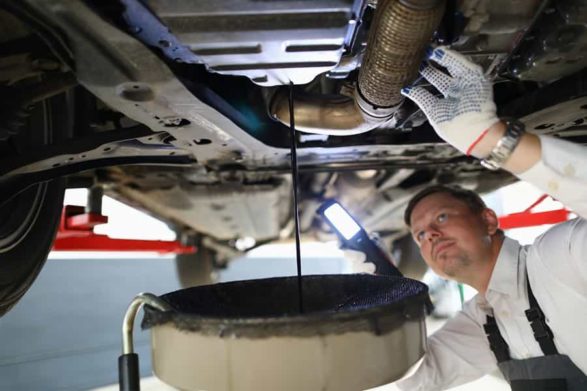
A truly bad mechanic may take advantage of their customers in really terrible ways – faking a leak. They can spray coolant on a part to make it look like you have a leaky radiator, which needs replacing. Take it back a notch and ask them to show you the leak, not just fluid.
15. Changing the Spark Plugs
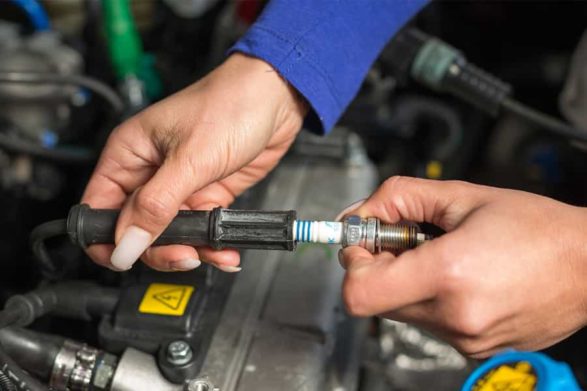
Back in the day, cars needed spark plugs all the time. It was basically an annual event, but now? Engines burn way more efficiently, meaning plugs don’t get filthy and caked with carbon buildup. This means you won’t have to replace the spark plugs until at least 80,000 miles in.



